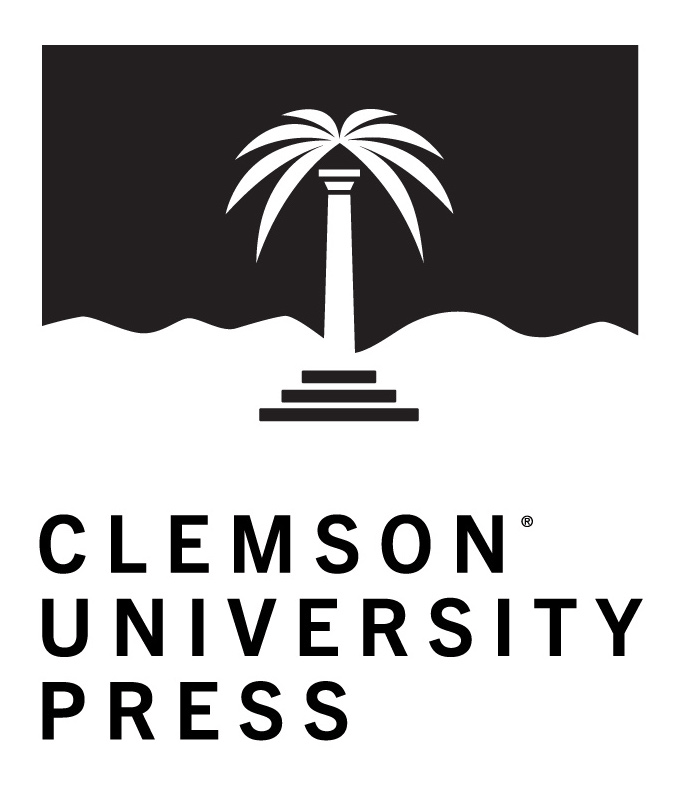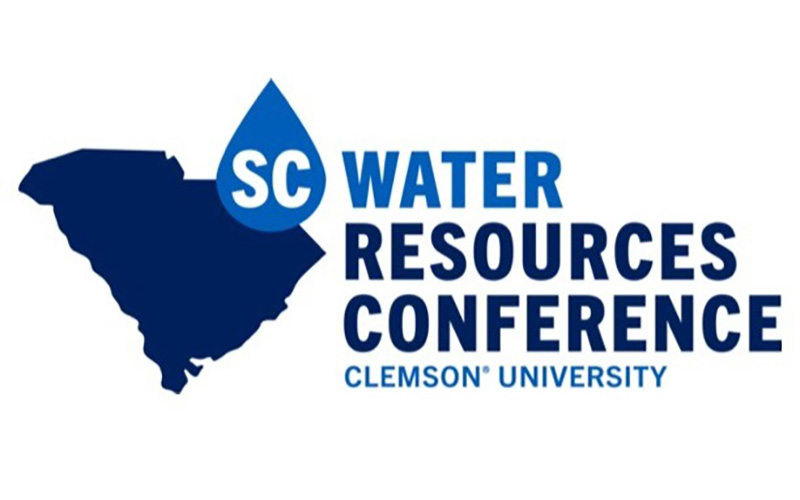Article Type
Full Research Article – Special Issue
Volume
8
Issue
1
DOI
10.34068/JSCWR/08.01.06
Abstract
The extent of sampling, analytical, and governance guidelines for per- and polyfluoroalkyl substances (PFAS) in individual states is currently inconsistent. There are no federally mandated regulations on PFAS, and the geochemical variations within different states can lead to regionally specific PFAS contamination, resulting in state-specific guidelines for PFAS contamination in different environmental matrices. There are no facilities in South Carolina known to currently or previously produce PFAS; however, they may be used in the production of other goods at industries throughout South Carolina, including Class B firefighting foams, consumer items, packaging, and stain- and weather-resistant fabrics. We assessed the sampling, analytical, and governance strategies of the South Carolina Department of Health and Environmental Control (SCDHEC) to understand current state-specific guidelines for PFAS contamination in South Carolina. This assessment indicates that SCDHEC has conducted sampling and analysis of community drinking water systems supplied by surface water for PFAS contamination. Additionally, risk indicators have been made for highly susceptible areas for likely PFAS contamination, including Department of Defense (DOD) and Department of Energy (DOE) sites, airports, and landfills in South Carolina. Recently, bills have been introduced into the South Carolina legislature to address PFAS. These proactive approaches in South Carolina aid in the assessment of the risks of PFAS contamination and are important steps for SCDHEC and South Carolina legislative stakeholders as they continue to develop and enforce state-specific standards for PFAS chemicals and await more information and official regulatory drivers from the US Environmental Protection Agency (US EPA).
Takeaway(s)
none
Recommended Citation
Kidd, Justin; Fabricatore, Emily; and Jackson, Dennis
(2021)
"South Carolina Sampling, Analysis, and Governance of Per- and Polyfluoroalkyl Substances,"
Journal of South Carolina Water Resources: Vol. 8
:
Iss.
1
, Article 6.
DOI: 10.34068/JSCWR/08.01.06
Available at:
https://open.clemson.edu/jscwr/vol8/iss1/6






